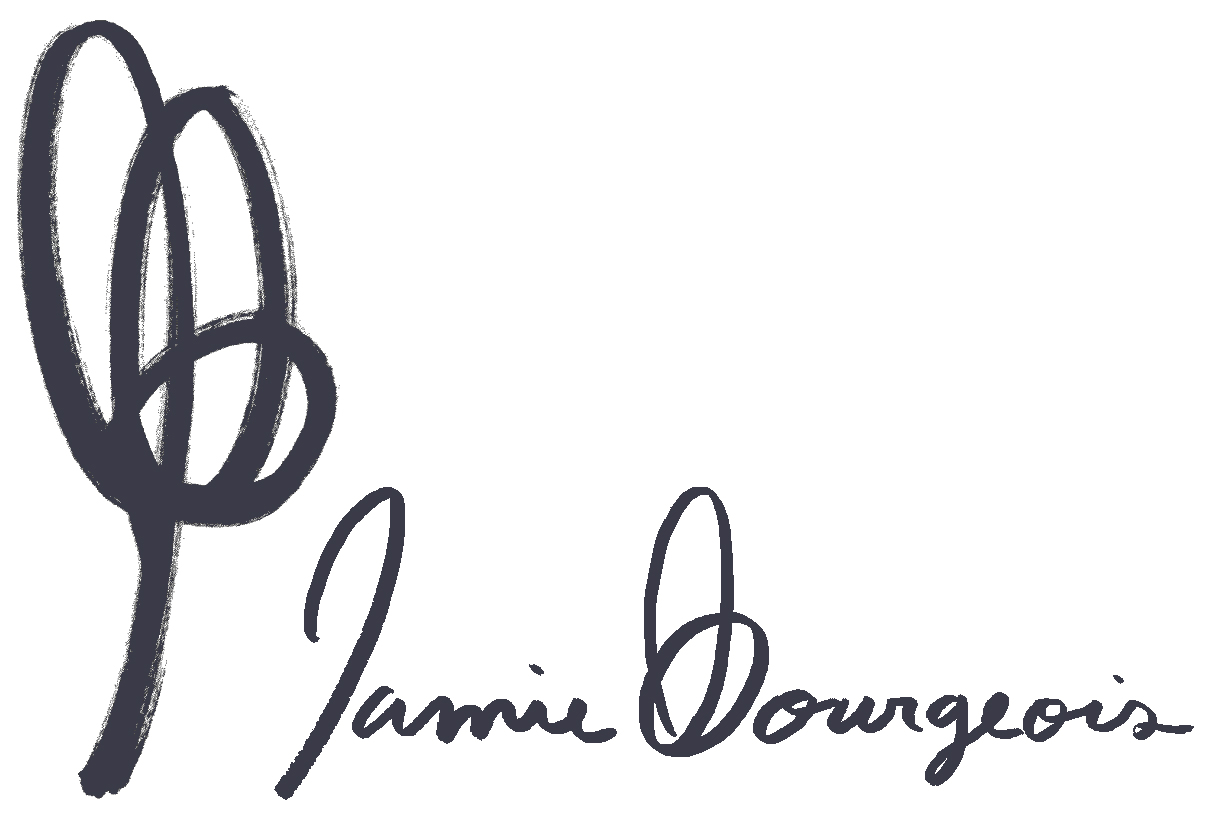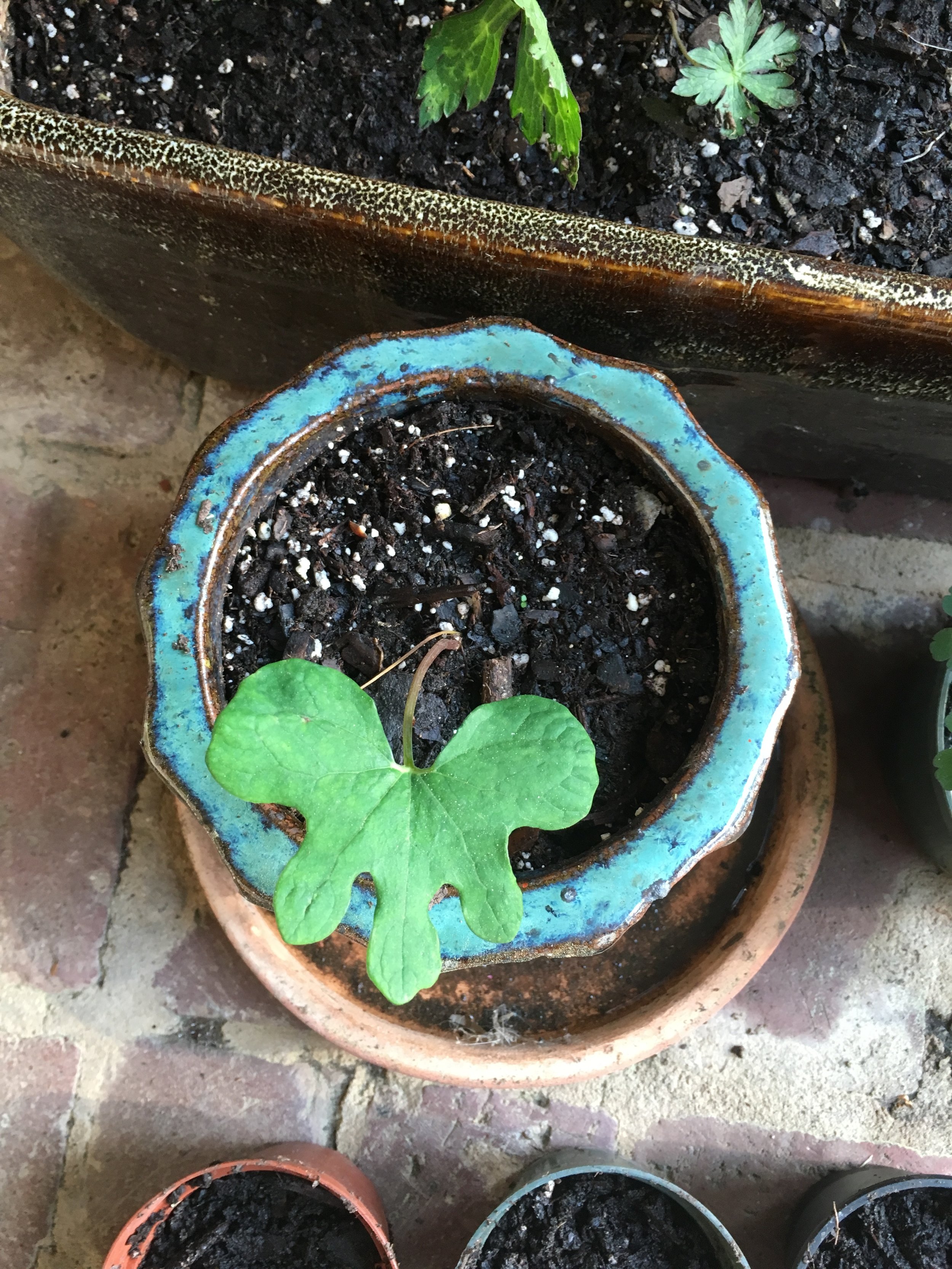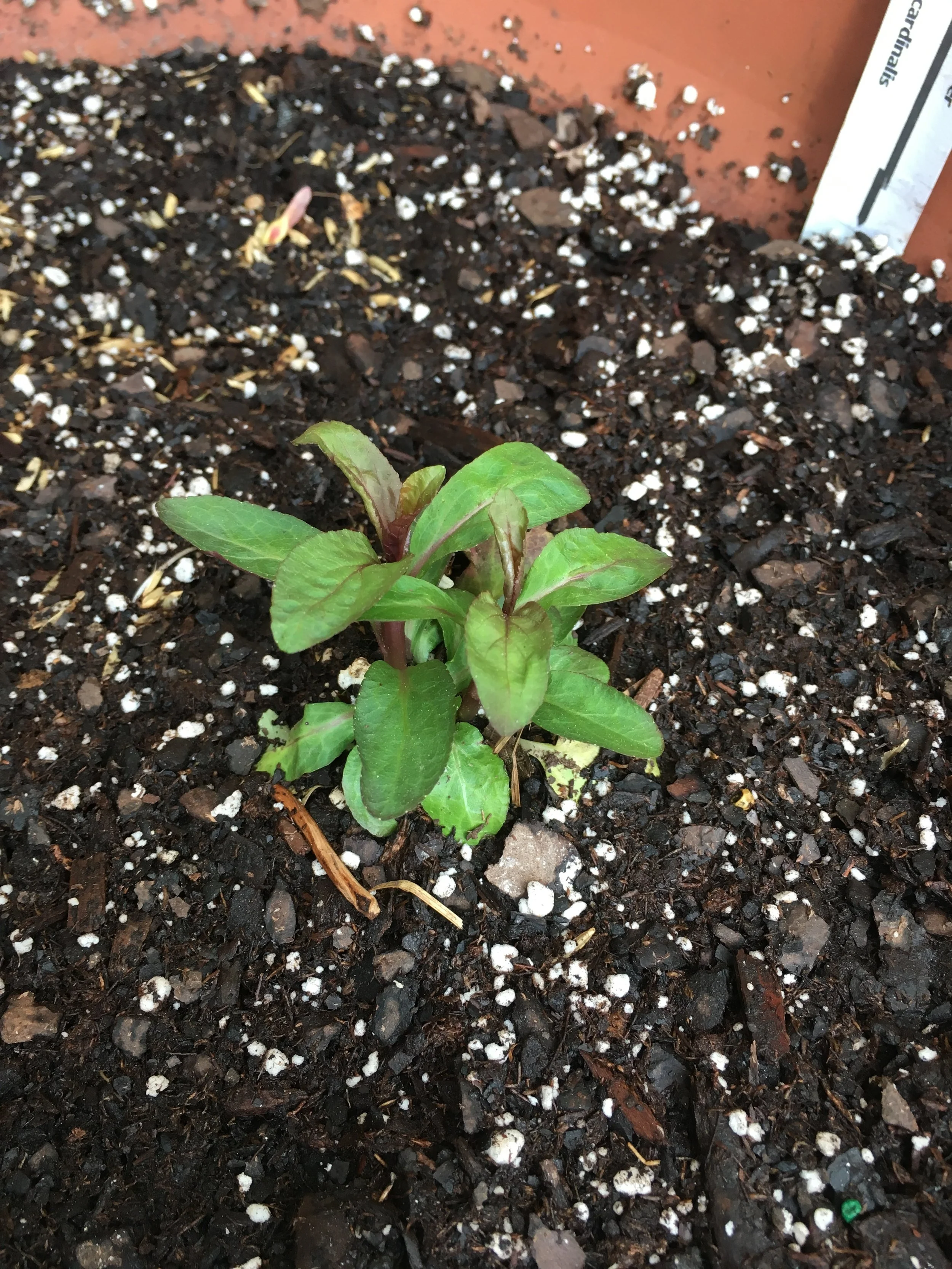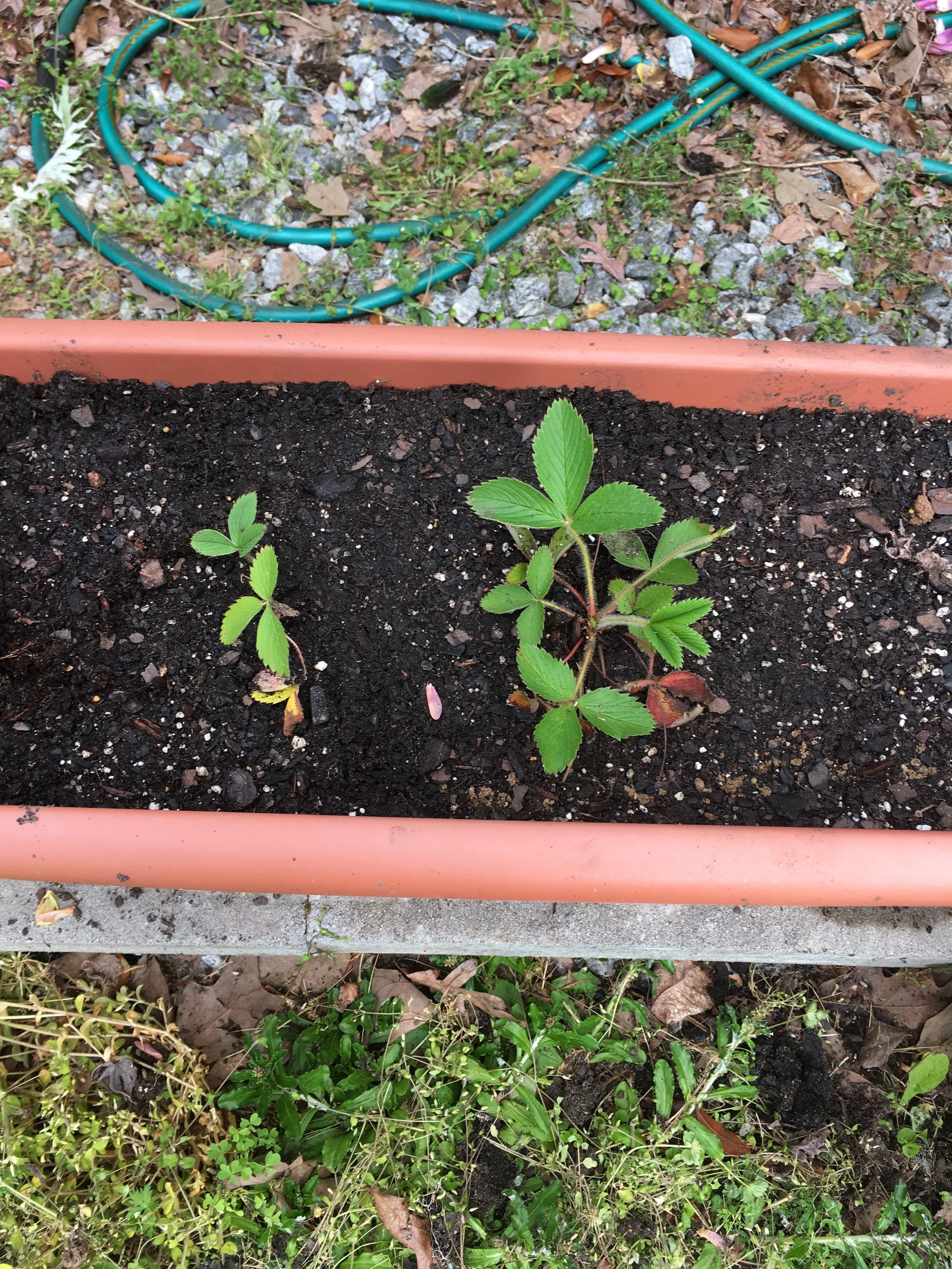When I began gardening, I grew for food, then my focus shifted to dye plants, and this year, native pollinators. No herbicides, no pesticides, all in pots (because I’m a renter). Yes, I realize that most of the plants I have “may not survive…or thrive?” in pots because they have, very importantly, lots of roots, long roots. I guess we will call this an experiment.
I wanted to write this post to share the native Georgia plants I’ve decided to cultivate and the pollinators they’ll help to sustain.
Majority of this information came from two INCREDIBLE websites: www.illinoiswildflowers.info & www.wildflower.org
I purchased all of my native plants from the Native Plant Sale put on by The Georgia Native Plant Society.
I also did research beforehand, knowing exactly which plants I wanted to purchase, from reading the wonderful blog, Using Georgia Native Plants. (they also have a great instagram @usinggeorgianativeplants)
Here we go:
(Monarda didyma) Scarlet Beebalm, Oswego Tea, Red Bergamot
Mint Family - perennial - blooms from late spring to early summer - moist, sun to part shade - larval host to The Gray Marvel moth, Hermit Sphynx moth and Pyralid moth - attracts hummingbirds, Swallowtail butterflies, and probably bumblebees.
(Symphyotrichum georgianum) Georgia Aster
Aster Family - perennial - blooms in October and November - drought tolerant, full sun - In the wild, the Georgia Aster depends on natural disturbance, such as wildfires. The Georgia Aster is a threatened species. This plant community has been largely destroyed or degraded by fire suppression, the removal of certain large grazing mammals, road construction and herbicide application. Only 104 populations are estimated to remain. - attracts by various bees, butterflies, flies and wasps.
(Rudbeckia hirta) Black-eyed Susan
Aster Family - annual - blooms summer to fall - dry to moist, full sun - larval host to Gorgone Checkerspot butterflies and Bordered Patch butterflies - attracts a wide range of insects, particularly bees and flies, as well as some wasps, butterflies, and beetles. The bees collect pollen or suck nectar and include Little Carpenter bees, Leaf-Cutting bees, Green Metallic and other Halictine bees, Andrenid bees, Syrphid flies, Bee flies, and Tachinid flies. - good dye plant
(Aquilegia canadensis) Eastern Red Columbine, Wild Red Columbine
Buttercup Family - perennial - blooms fall to early summer - dry to moist, part shade to shade - larval host to the Columbine Duskywing butterflies, border Moth, Columbine Sawfly and several species of Leaf Miner Flies - attracts bumblebees and the Ruby-Throated Hummingbird. Short-tongued Halictid bees collect pollen from the flowers, but they are less effective at cross-pollination.
(Sanguinaria canadensis) Bloodroot
Poppy Family - perennial - blooms in March and April - moist to wet, part shade to shade - seeds dispersed by ants - attracts honeybees, bumblebees, little carpenter bees, Halictid bees, and Andrenid bees. Other insects that visit the flowers include Syrphid flies and beetles, which feed on the pollen - root can be used as a natural dye.
(Lobelia cardinalis) Cardinal Flower
Bellflower Family - perennial - blooms early summer to early fall - moist to wet, sun to part shade to shade - larval host to Pink-Washed Looper Moths and polyphagous fly - attracts the Ruby-Throated Hummingbird and various Swallowtail butterflies, including such species Black Swallowtail, Spicebush Swallowtail and Pipevine Swallowtail. Sometimes the larger bumblebees will steal nectar through slits in the tubular corolla. Halictid bees sometimes gather pollen, but they are ineffective at pollination.
(Geranium maculatum) Wild Geranium
Geranium Family - perennial - blooms spring to summer - moist, part shade to shade - larval host to Bridled Arches Geranium Budworm Moths, Tobacco Budworm Moths and Omnivorous Leafroller Moths -attracts bumblebees, mason bees, cuckoo bees, long-horned bees, Halictid bees, Andrenid bees and other bees. An Andrenid bee, Andrena distans, is a specialist pollinator (oligolege) of Wild Geranium. The flowers also attract Syrphid flies, dance flies, butterflies, and skippers.
(Asclepias incarnata) Swamp Milkweed
Milkweed Family - perennial - blooms summer to fall - moist to wet, part shade to sun - larval host to Monarch butterflies and Queen butterflies - attracts bumblebees, honeybees, long-horned bees, Halictid bees, Sphecid wasps, Vespid wasps, Tiphiid wasps, Spider wasps, Mydas flies, thick-headed flies, Tachinid flies, Swallowtail butterflies, Greater Fritillaries, Monarch butterflies and skippers. Another occasional visitor of the flowers is the Ruby-Throated Hummingbird.
(Cirsium altissimum) Tall Thistle
Aster Family - biennial - blooms late summer to early fall - dry to moist, part shade to sun - pollinated by bumblebees, long-horned bees, Fritillary butterflies, Painted Lady butterflies, Swallowtail butterflies and Sphinx moths, including hummingbird clearwing moths. The pollen also attracts Halictid bees and other bees, Syrphid flies, and various beetles. (SO EXCITED ABOUT THIS ONE)
(Fragaria virginiana) Wild Strawberry
Rose Family - perennial - blooms April, May and June - dry, sun part shade - The ecological value of Wild Strawberry to various insects, birds, and animals is high - larval host to Grizzled Skipper moths,Gray Hairstreak butterflies, Strawberry Cylindrical Gall Wasp among many others - attracts little carpenter bees, cuckoo bees, mason bees, Halictid bees (including green metallic bees), Halictid cuckoo bees, Andrenid bees, Syrphid flies, thick-headed flies, Tachinid flies, bottle flies, flesh flies, small butterflies, and skippers.
(Zizia aurea) Golden Alexander
Carrot Family - perennial - blooms spring to summer - moist, sun to part shade - larval host to Black Swallowtail butterflies and Ozark Swallowtail butterflies - attracts short-tongued bees including Green Metallic bees, Masked bees and Andrenid bees. Wasp visitors include Eumenine wasps, spider wasps, Ichneumonid wasps and Crabronine wasps. Long-tongued bees include bumblebees and cuckoo bees, also some small butterflies and true bugs.
Also - A few other plants (I did not get these from the plant sale):
(Coreopsis tinctoria) Plains Coreopsis, Golden Tickseed, Goldenwave, Calliopsis
Aster Family - annual - blooms April, May, June - moist, part shade, sun - larval host to Wavy-Lined Emerald moths and Dimorphic Gray moths - provides nectar and pollen to a wide variety of insects, including long-tongued bees, short-tongued bees, wasps, flies, butterflies, skippers, and beetles. Another insect that feeds on the foliage of these species is the leaf beetle, (Calligrapha californica), which has been found specifically on Plains Coreopsis - flower blossoms used for dyeing
(Tagetes erecta) Mexican marigold, Aztec marigold, African Marigold
Aster Family - annual or perennial - native to Central America - attracts bees, moths, butterflies, bee flies and wasps - flower blossoms used for dyeing
(Brugmansia) Angel Trumpet
Nightshade Family - large shrub/small tree - blooms spring to fall - moist, part shade to sun - very toxic - larval host to Skippers, Giant Leopard Moths and Hawkmoths - attracts pollinating moths, bees and other insects.
(Anethum graveolens) Dill
Carrot Family - annual - allelopathic to most garden plants, inhibiting growth, causing to bolt, or actually killing many plants - young dill is a good companion plant to tomatoes, while mature dill is a terrible companion plant for tomatoes - larval host to Black Swallowtail butterflies and Anise Swallowtail butterflies - attracts hoverflies, predatory parasitic wasps (and also Tomato Hornworms)
Allelopathy is a biological phenomenon by which an organism produces one or more biochemicals through their roots that influence the germination, growth, survival, and reproduction of other organisms.
(Cynara scolymus) Globe artichoke
I planted two of these last year and the survived the winter. Really hoping they bloom this year? May be stunted because of their pots though…
(Lycopersicon esculentum) Black Krim Tomatoes
I plant to pot two separate pots of tomatoes. One for eating and one for cultivating TOMATO HORNWORMS.
BIG GOALS:
Attract tomato hornworms and have them go through complete metamorphosis and witness that beautiful hawkmoth sip from my Brugmansia. Also, attract parasitic wasps and …well… you know. I also hope to see a Black Swallowtail because I have ALL THE PLANTS FOR THEM.
I’ll keep you updated. Although, if you’d like a more timely update, you should follow me on instagram @jamiebourgeois











